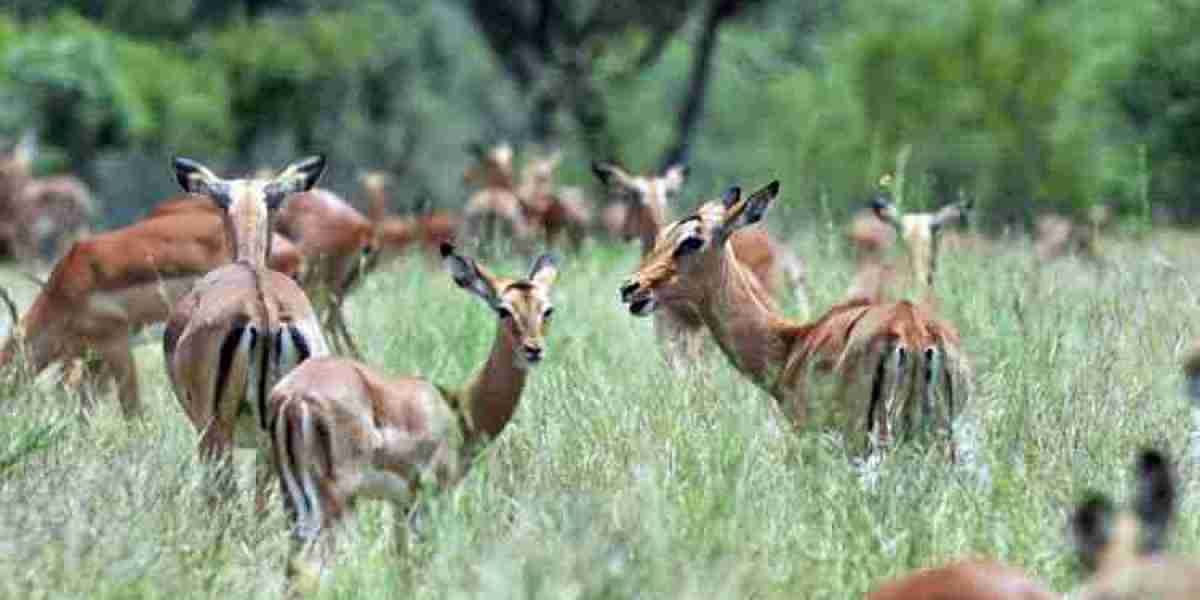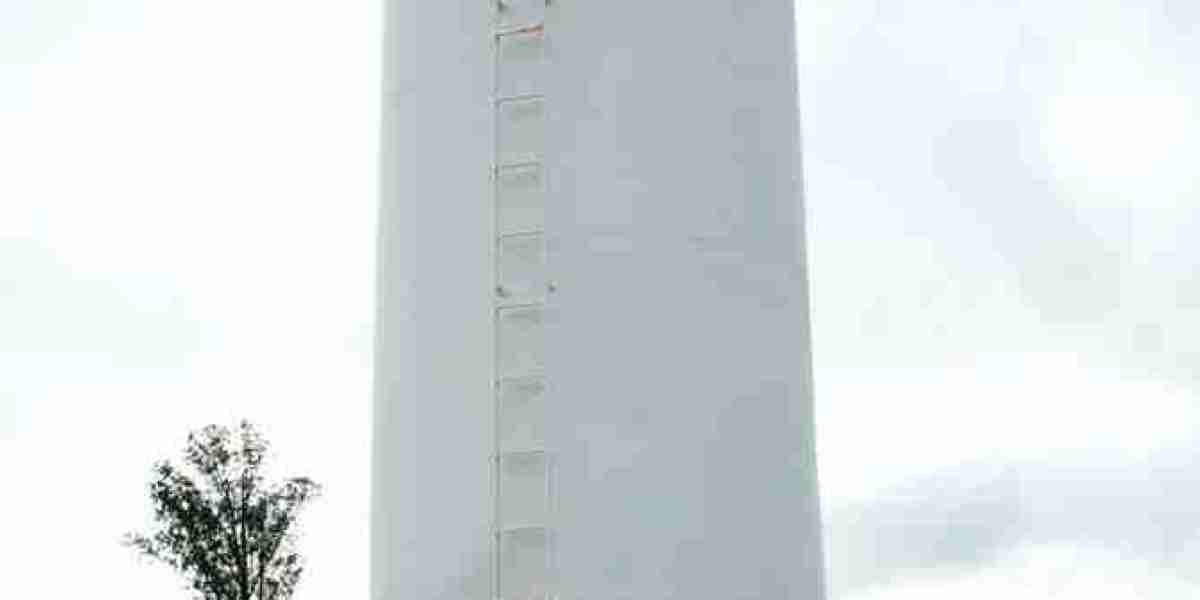The idea may seem distasteful to many. But for the environment department tasked with making South Africa's natural riches pay their way in the world's most unequal country, it solves a number of problems: adding to the value of antelope that inhabit vast tracts of marginal or degraded land, increasing the incentive to preserve their habitats, and potentially bringing a revenue stream to many of the country's poorest communities in remote rural areas.
It's also an opportunity to boost Black ownership of a wildlife-use sector that three decades after the end of apartheid is just 3.5% owned by historically disadvantaged South Africans, according to government estimates.
We want to dedicate a lot of our effort to consumption of these antelope, which are breeding in the hundreds of thousands. The health benefits of game meat bring a whole myriad of things. It's low-cholesterol.
Perhaps most important in a nation where making and going to barbecues - known locally as braais or shisa nyamas - is a national pastime, it could provide a more carbon-friendly alternative to beef both at home and via exports. Game generates less methane than cows and doesn't require clearing forestland that serves as a natural carbon sink. It's healthier, too.
The health benefits of game meat bring a whole myriad of things," said Khorommbi Matibe, chief director for biodiversity economy and sustainable use at the Department of Forestry, Fisheries and the Environment (DFFE). "It's low-cholesterol."
Already, thousands of antelope and other so-called plains game, such as zebras, are culled every year in South Africa, where they threaten to overwhelm the ecosystems in which they live. Most of that meat is deemed unsuitable for human consumption because it isn't processed correctly.
"We want to dedicate a lot of our effort to consumption of these antelope, which are breeding in the hundreds of thousands," said Matibe.
Matibe's boss, Environment Minister Barbara Creecy, this week launched an ambitious biodiversity economy strategy, of which game meat is a key plank, at a conference near Johannesburg. The DFFE plans to regulate the industry to ensure food safety and traceability, encourage the development of infrastructure such as abattoirs and promote the sale and consumption of meat both locally and abroad.
"We don't encourage captive breeding," Matibe said. "We are harvesting them from the wild."
So far, there is little to fault in South Africa's sustainable-use philosophy when it comes to conservation. An act passed in 1991 that gave farmers the right to own the animals on their land started a boom in the wildlife industry. Today, tracts of farmland have been given up to game, supporting hunting and ecotourism outfits as well as a thriving wildlife auction circuit. There are now more than 20 million large wild animals in South Africa, compared with about 500,000 in 1964. Four-fifths of them are on private land.
Setting big targets
The DFFE has set big targets, with plans to grow the game meat industry to 27.6 billion rand ($1.5 billion) by 2036 from 4.6 billion rand in 2020. That compares with about 40 billion rand for the country's beef industry. While exports form a tiny part of that - around 2.5 billion rand in beef exports per year - shipments are made across Africa and the Middle East. About six years ago, South Africa also won access to the Chinese market.
In a strategy document, the department pointed out that South Africa exported just $12 million of game meat in 2020, while tiny New Zealand made $122 million shipping deer meat abroad.
"The growing market of consumers who are health-conscious, looking for sustainably sourced products that contribute to biodiversity conservation, community development and pose less risk to the environment is evident," it says. "The South African game meat industry is well-placed to service this growing market domestically, regionally and internationally."
Antelope on the menu
The country already exports crocodile and ostrich meat from farming operations, as well as some zebra meat from wild estates. But the DFFE aims to expand that significantly by putting antelope on the menu - ranging from springbok and impala that weigh up to about 50 kilograms to elands that can weigh in at almost a ton.
Kudus, hartebeest, blesbok and a type of oryx known as gemsbok - all species of antelope - could be among those targeted at international palates, the department suggested in the document. (The drive is unlikely to extend to the giraffe meat this correspondent recently saw at a meat counter in a small rural town.)
Domestically, the department is helping foster partnerships between game meat providers and the country's biggest supermarket chains, Creecy said in an interview. But there's still a way to go. Game meat can be found at specialist butcheries in South Africa's biggest cities, especially in the dry winter months that coincide with hunting season. But only a smattering of blue wildebeest and red hartebeest steaks intermittently appear between the slabs of beef and lamb on the counters at Woolworths, an upmarket food store chain.



